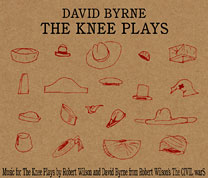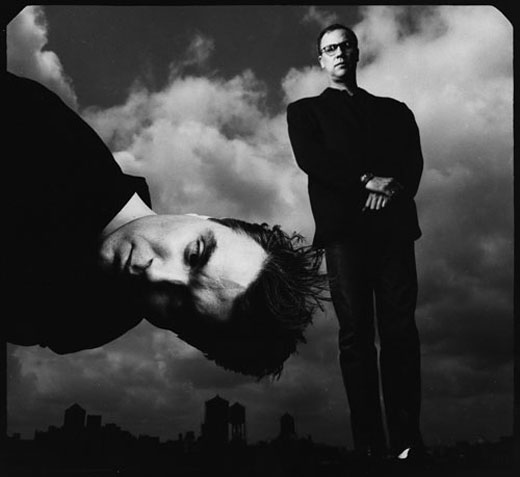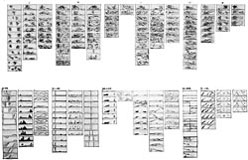THE ALBUM

- ESSAY
- TRACKS, LYRICS, & AUDIO
- CURRENT REVIEWS
- LIVE DATES (COMING SOON)
- CREDITS
- BUY CD (AMAZON.com)
- DOWNLOAD (COMING SOON)
WHAT’S A KNEE PLAY?
It’s not as odd a thing as one might think. In the theater they are the “joints” that hold together the larger scenes—even Shakespeare used them. All those short comic scenes with buffoons or side characters who would sometimes comment on the larger action functioned as knee plays. Those typically small scenes would usually happen in front of the drop curtain and wouldn’t require large sets or crowds, so they allowed the main actors to change costumes or the crew to make scenic changes. Other forms of theater use similar devices. They are often called entr’actes.
In 1983, I was approached by theater director Robert Wilson to collaborate with him on his production the CIVIL warS. I’d seen some of his work around town in the years prior to this—Einstein on the Beach (1976) and A Letter for Queen Victoria: An Opera (1974), for example—and I was knocked out by what he was doing. I think he knew me by reputation as a pop musician, though I doubt he listened to pop music, and I suspect he knew that I’d collaborated with Twyla Tharp on an evening-length dance piece called The Catherine Wheel (1981).

Photo by Annie Leibovitz
Bob and I met, and he explained the CIVIL warS as only he can. He has a mesmerizing voice and presence, and though he dresses conservatively for a downtown avant-gardian his Waspy attire somehow allows him to get away with proposing the most outrageous productions—and this was no exception. Bob had his pitch down on the CIVIL warS project, and, as is his wont, he explained the project mainly through a series of drawings and diagrams that he continually produced as he talked.
Bob has some great aphorisms. One goes something like, “I can’t explain what my work is about, but I can describe how I make it.” Which is true—he begins with structure, not narrative. Sometimes he’ll propose that a piece have five large acts, for example. Then he might say that the acts at the beginning and the end will be mirror images of each other, and the one in the middle will be the “axis.” He might set lengths for each act or scene, and these timings will be completely arbitrary, as there is no “content” for these scenes yet; but he will (sometimes) nonetheless adhere to that structure.
Defining the structure in this way automatically restricts what the content can be, what is possible—and things start to fall into place. Not into a place that a conventional Broadway or West End theatergoer would recognize, but a place that might not be unfamiliar to a Kabuki audience—though the look and style are purely Western.
